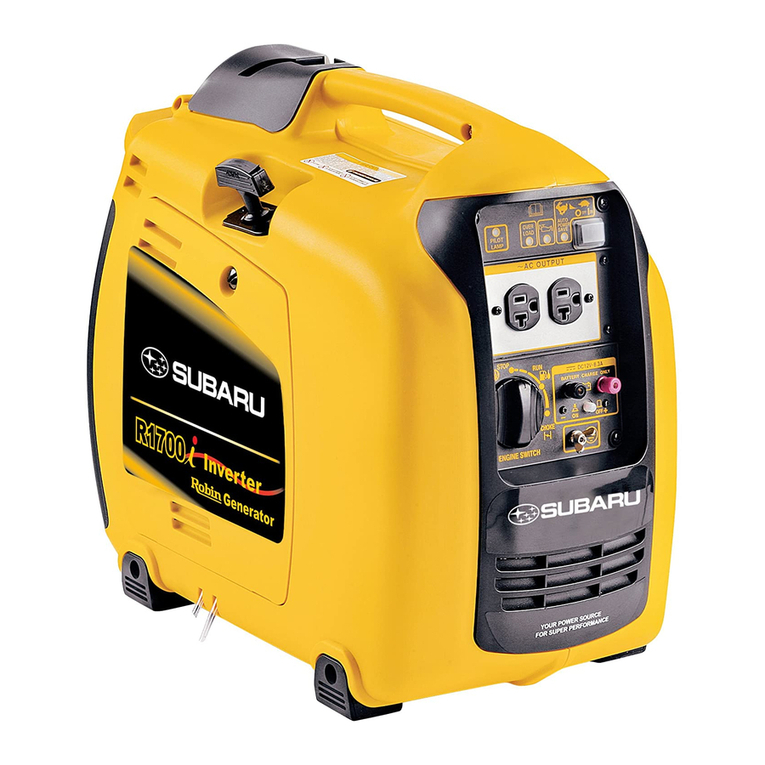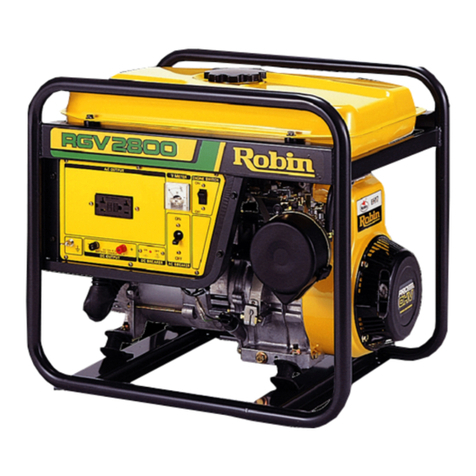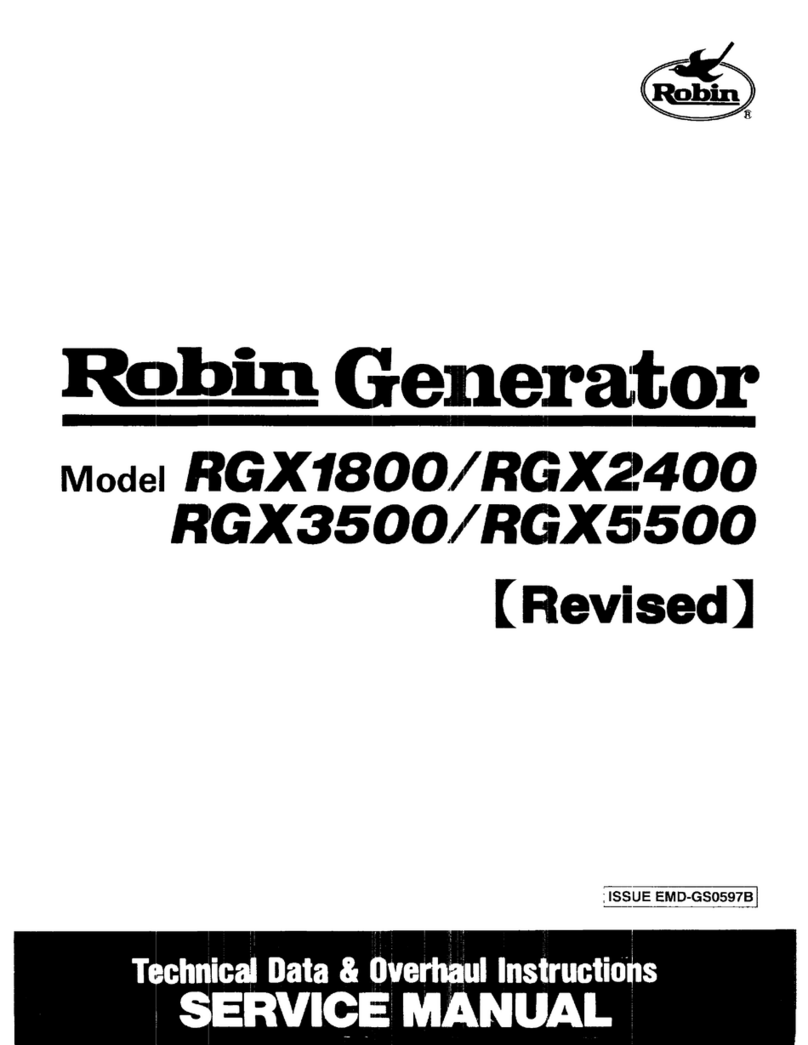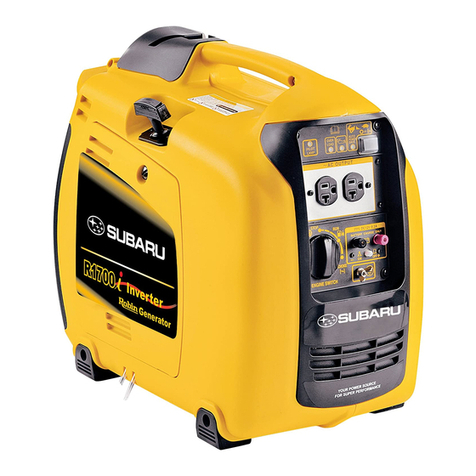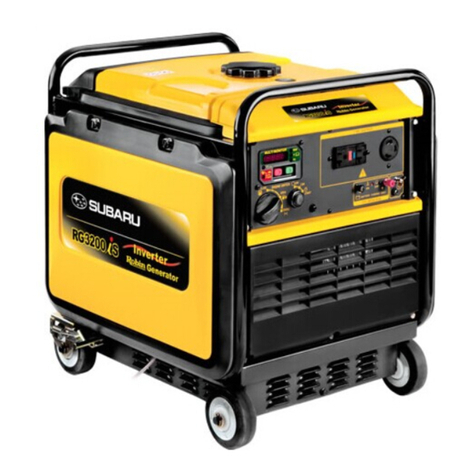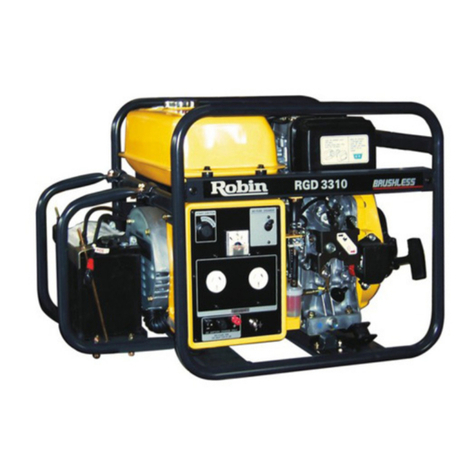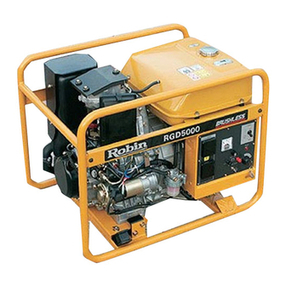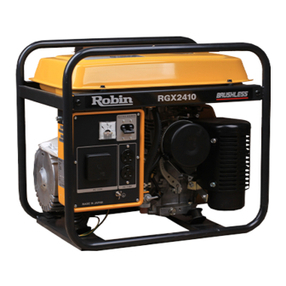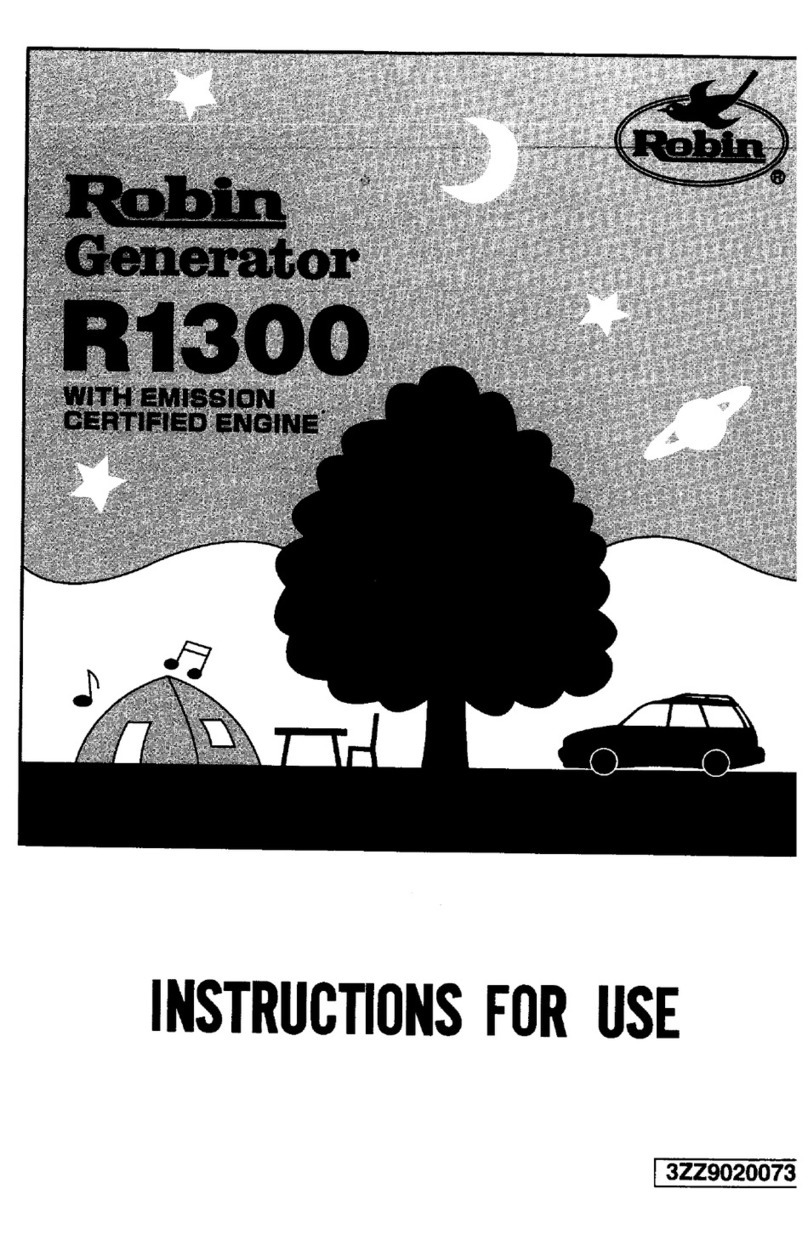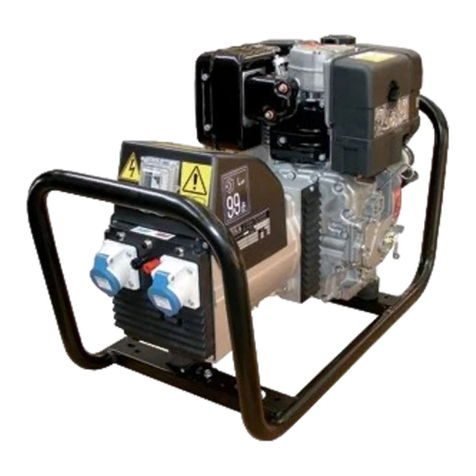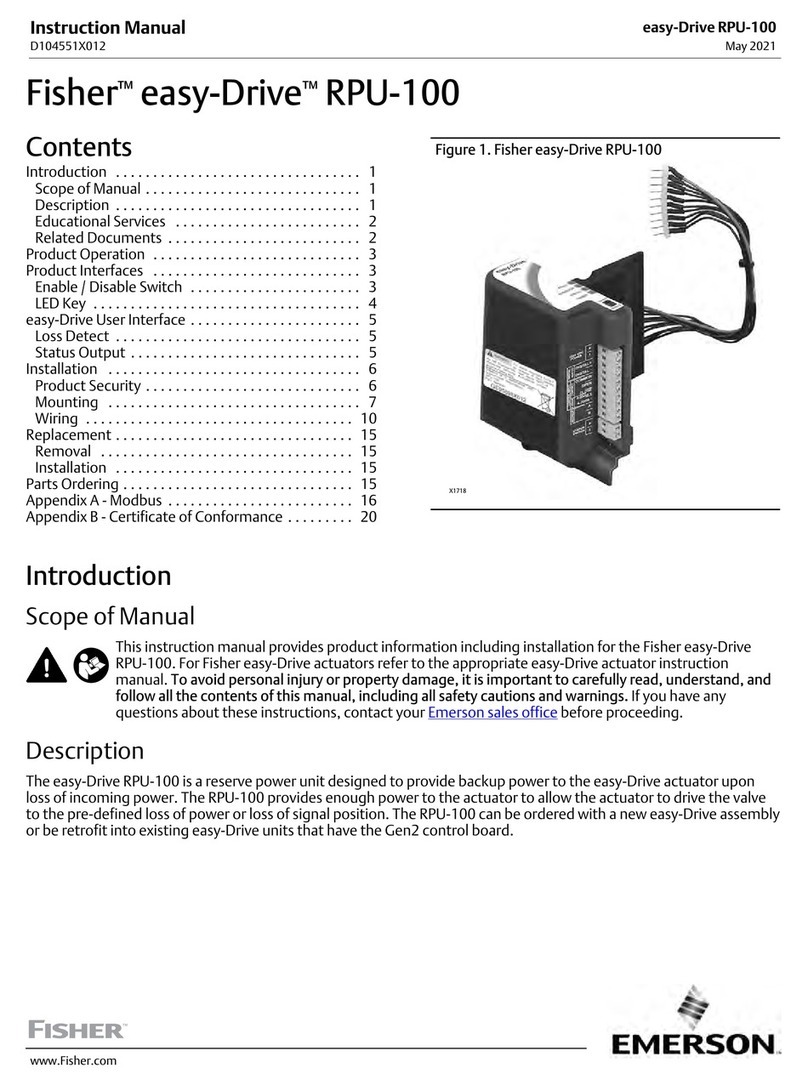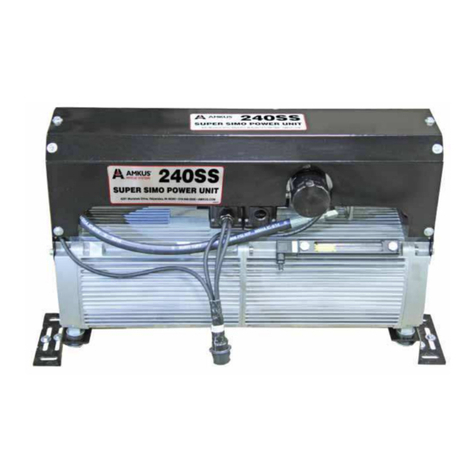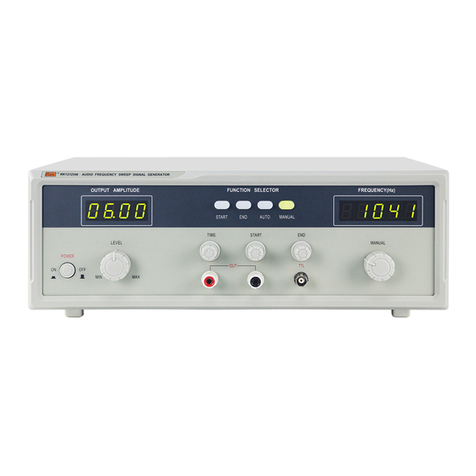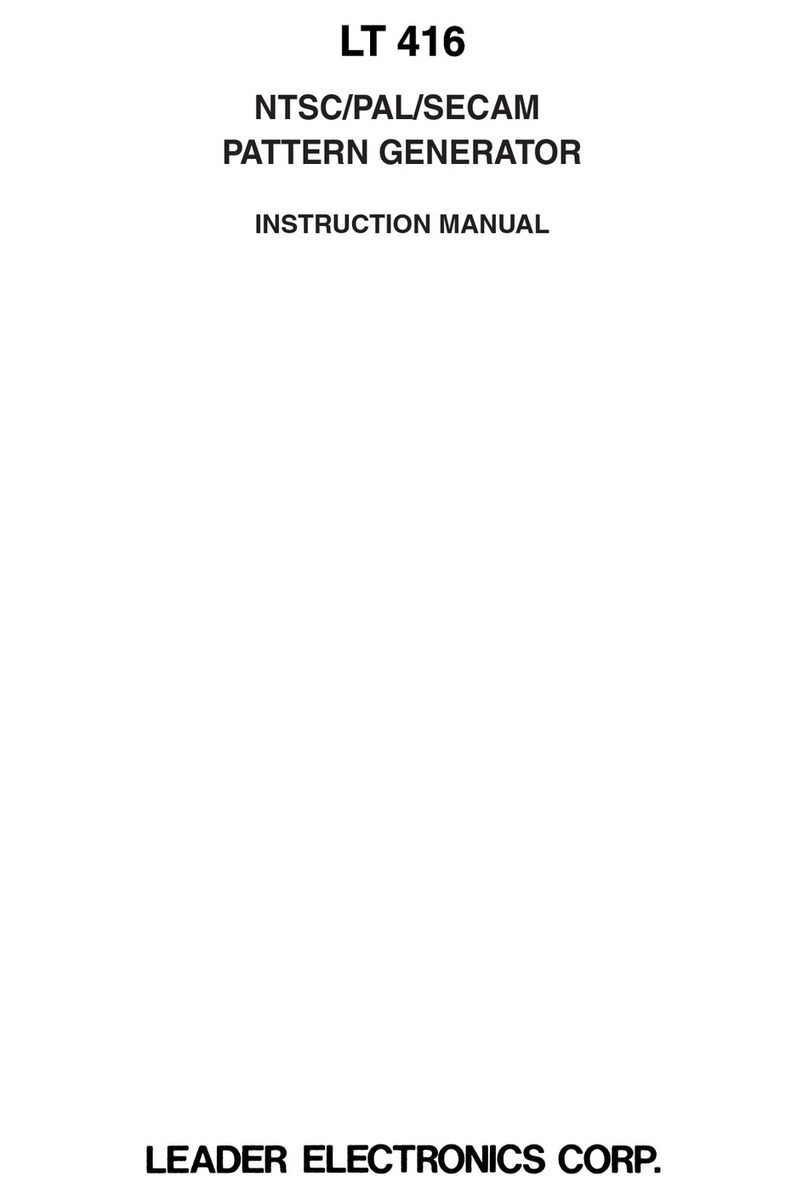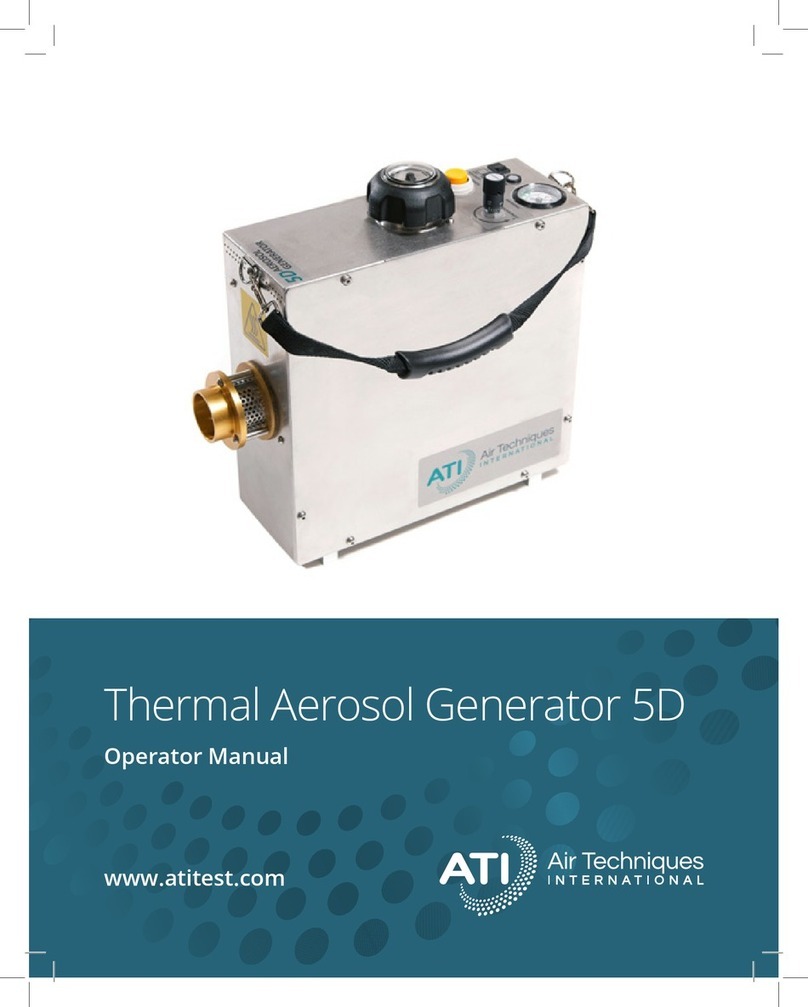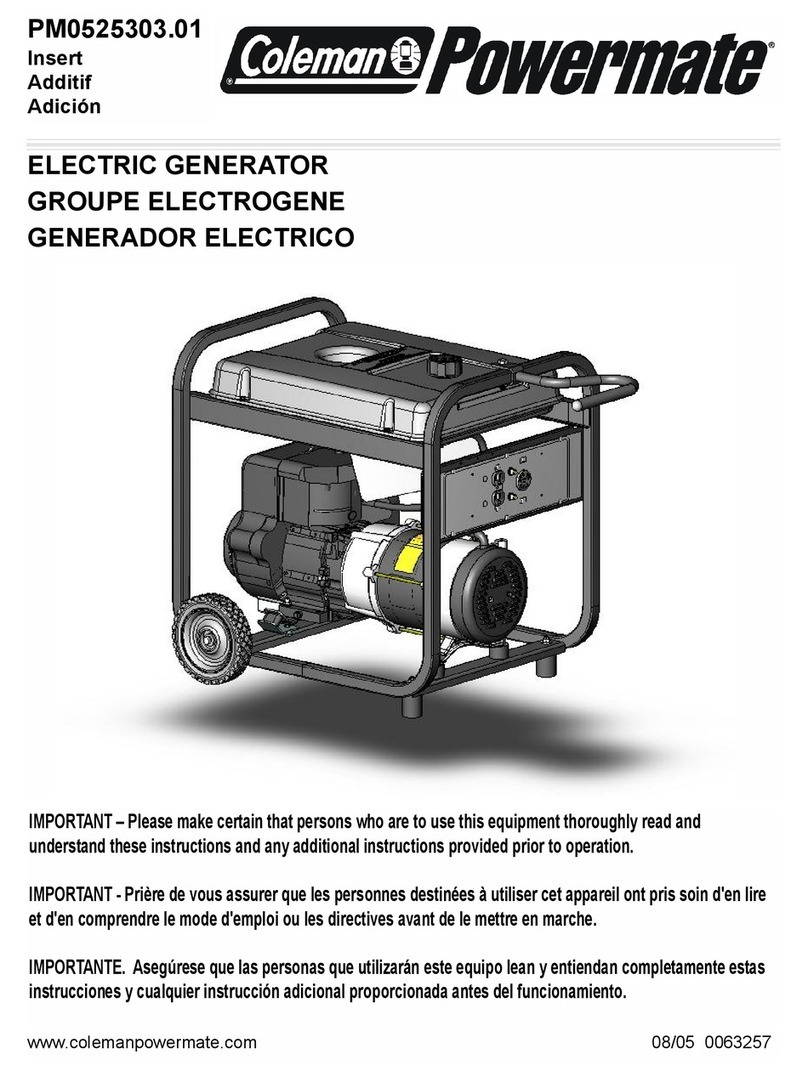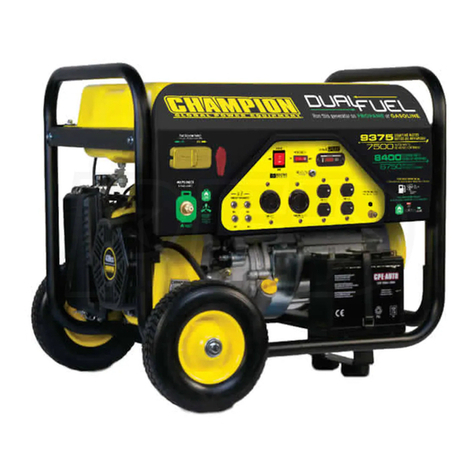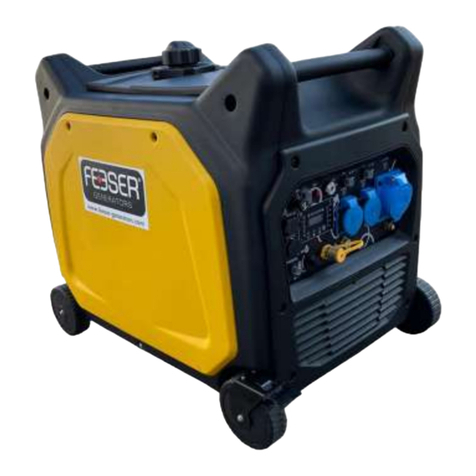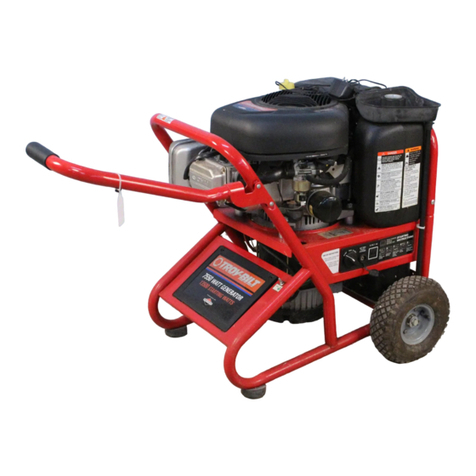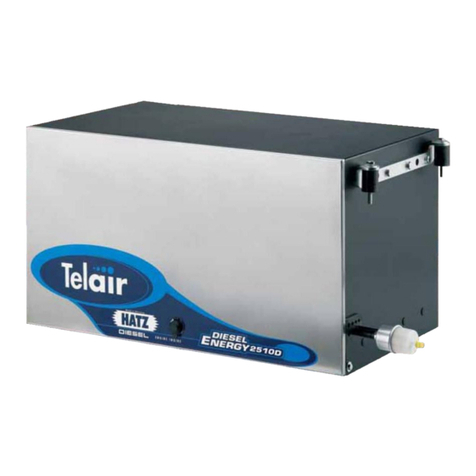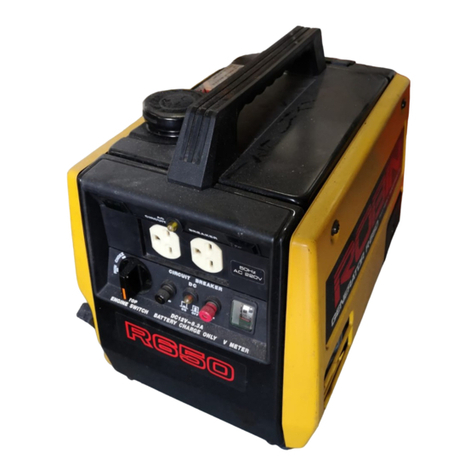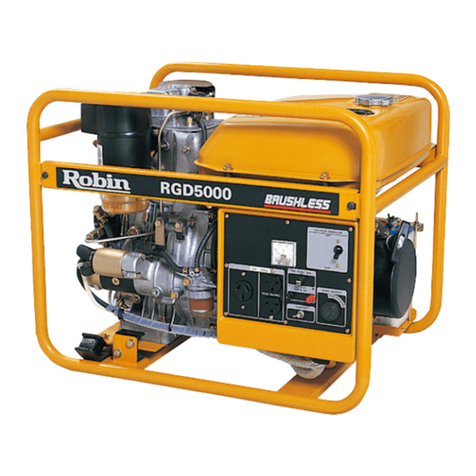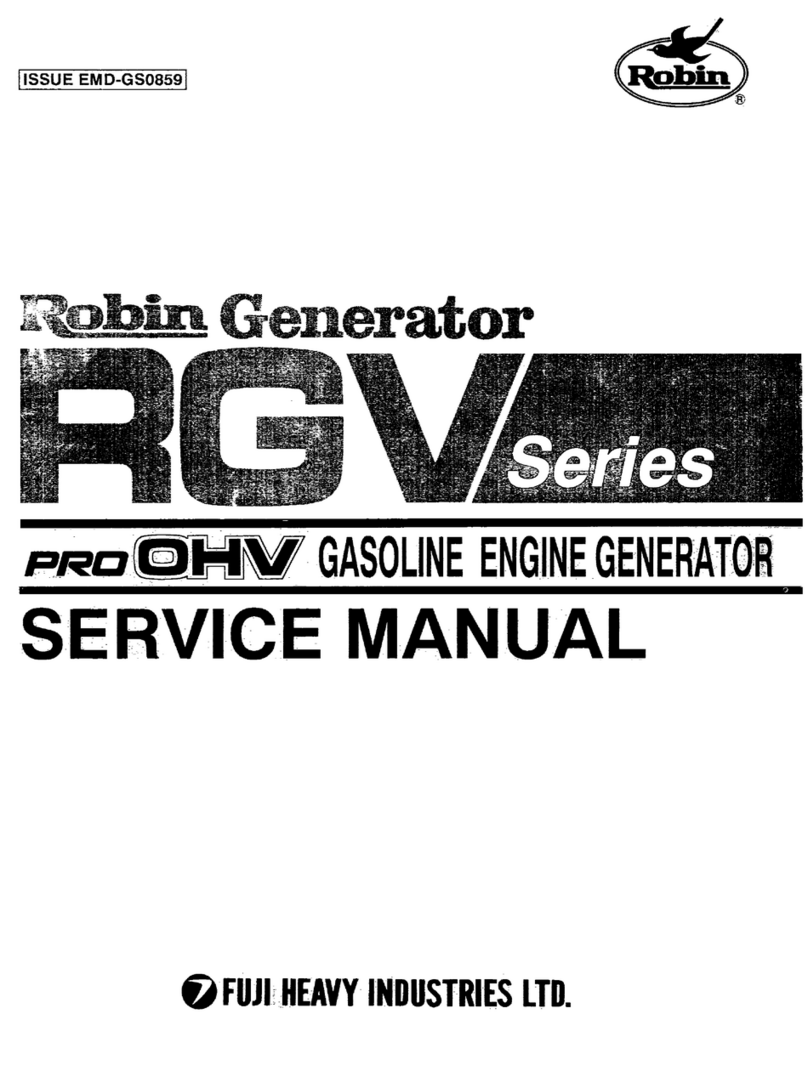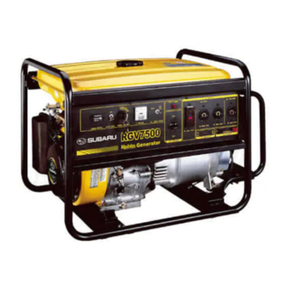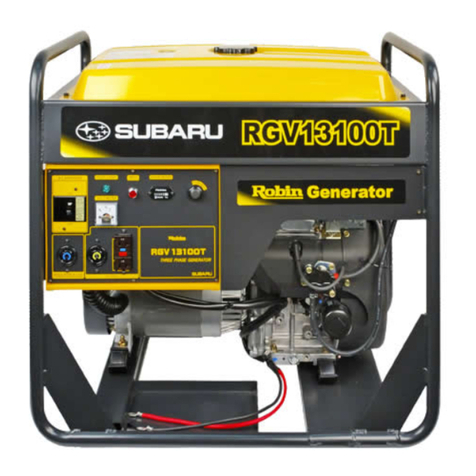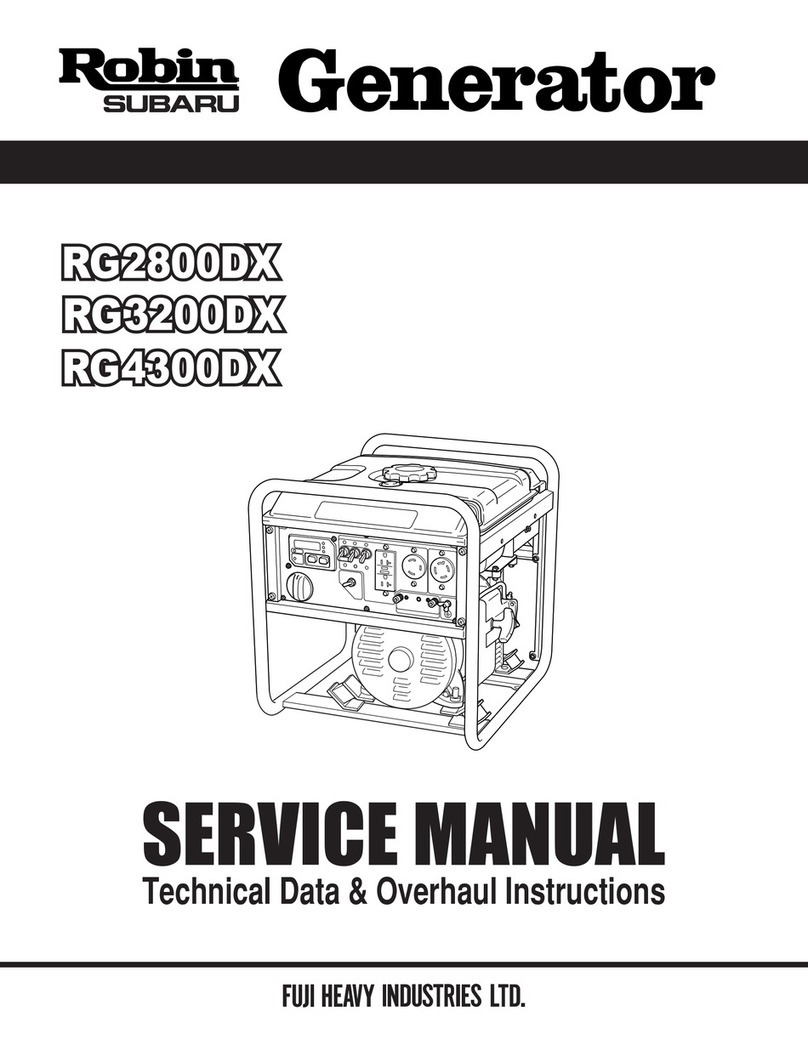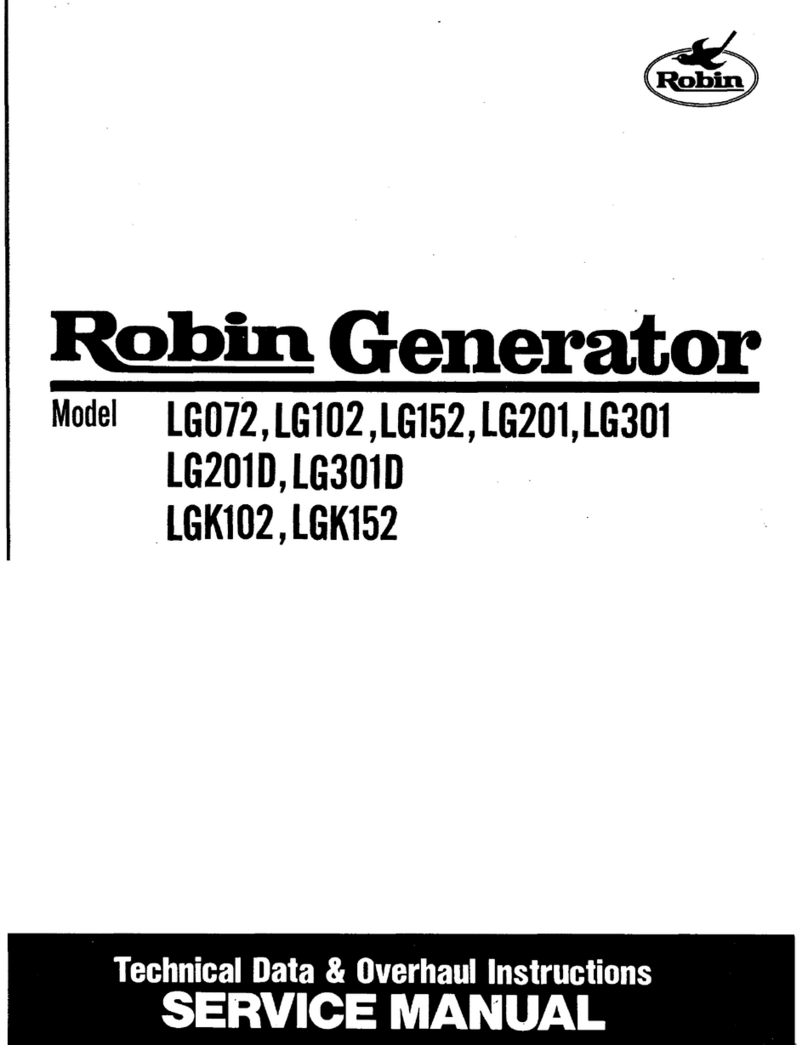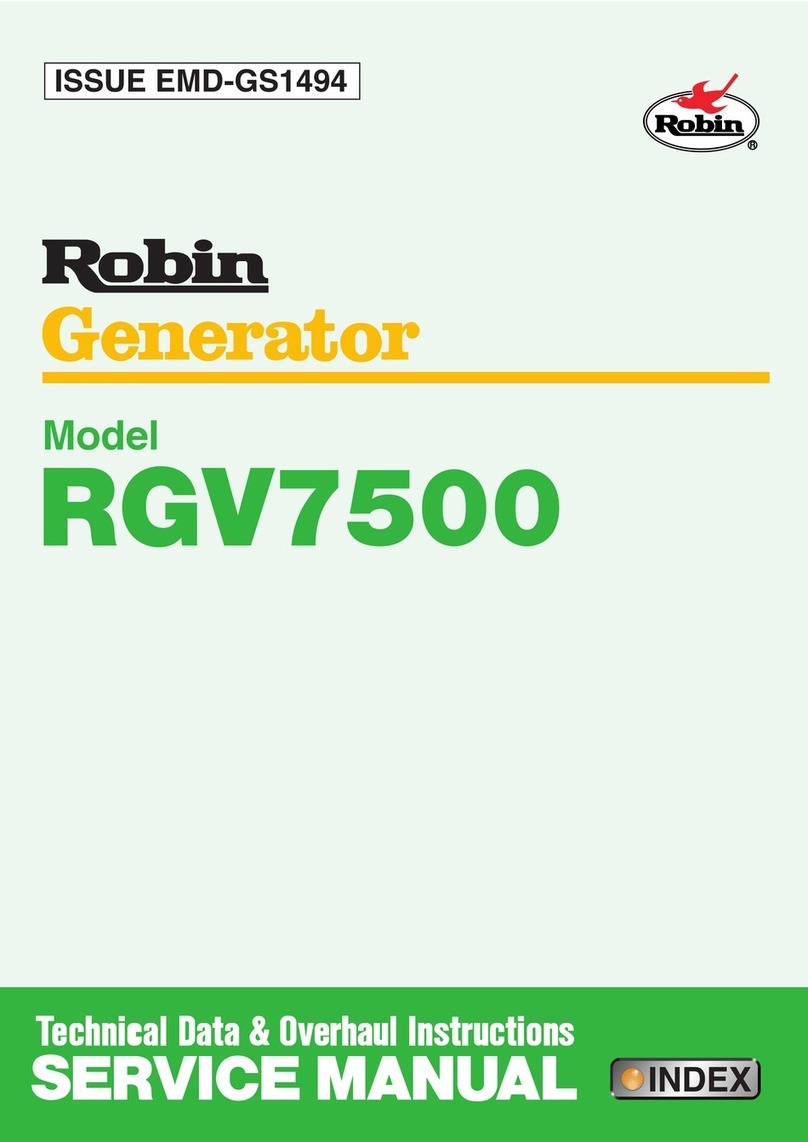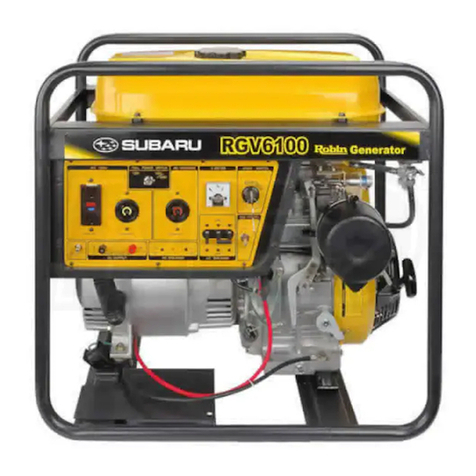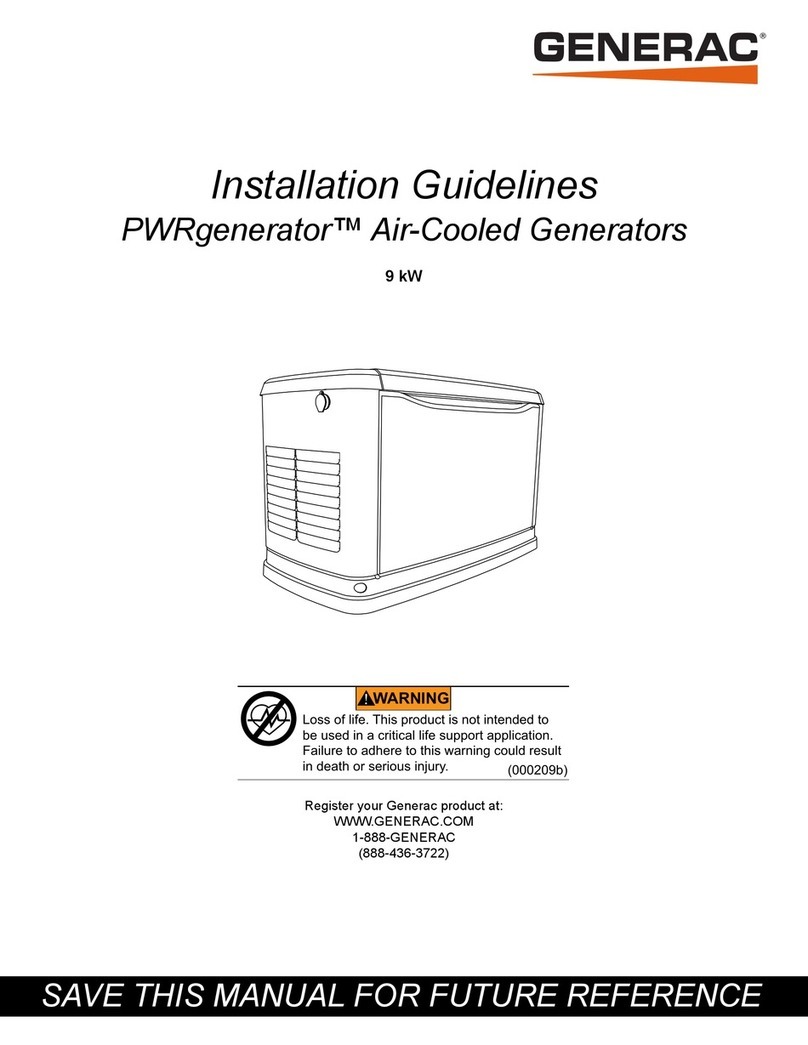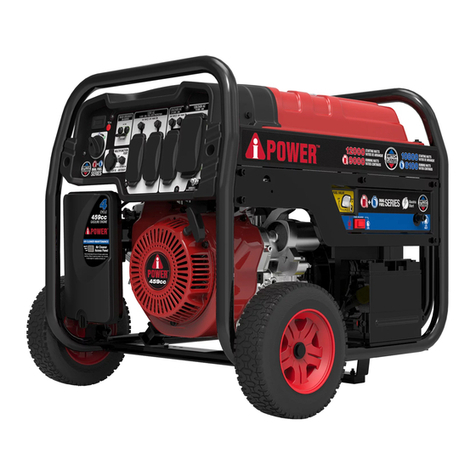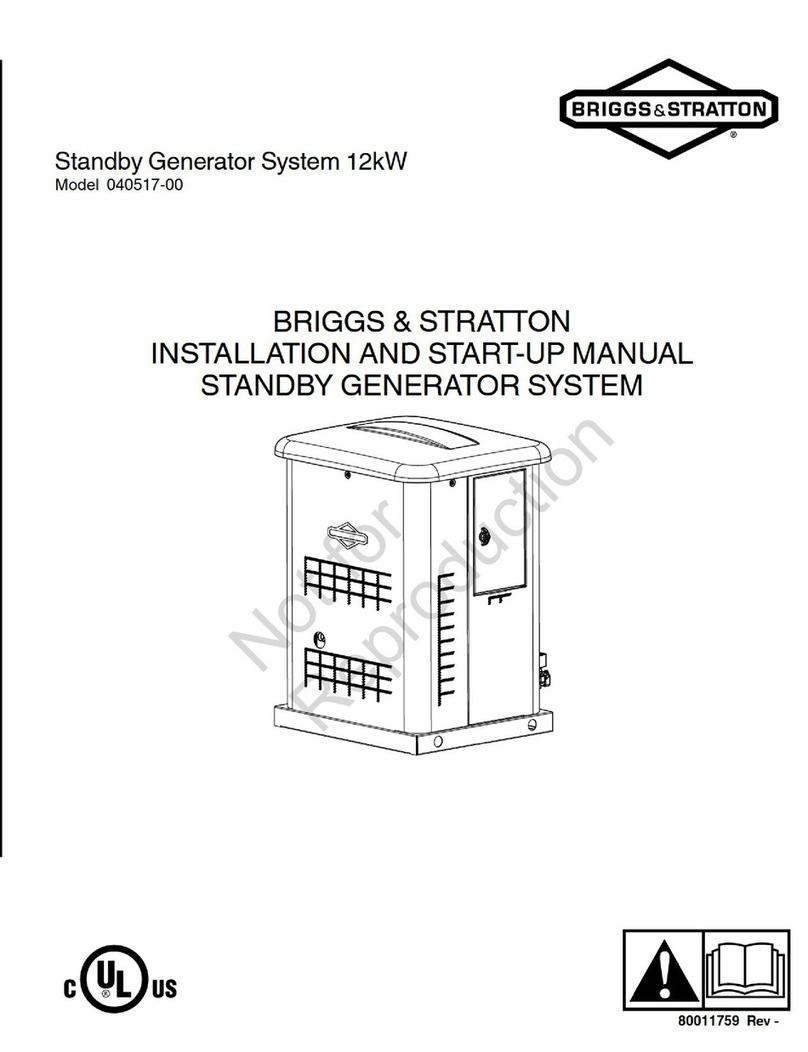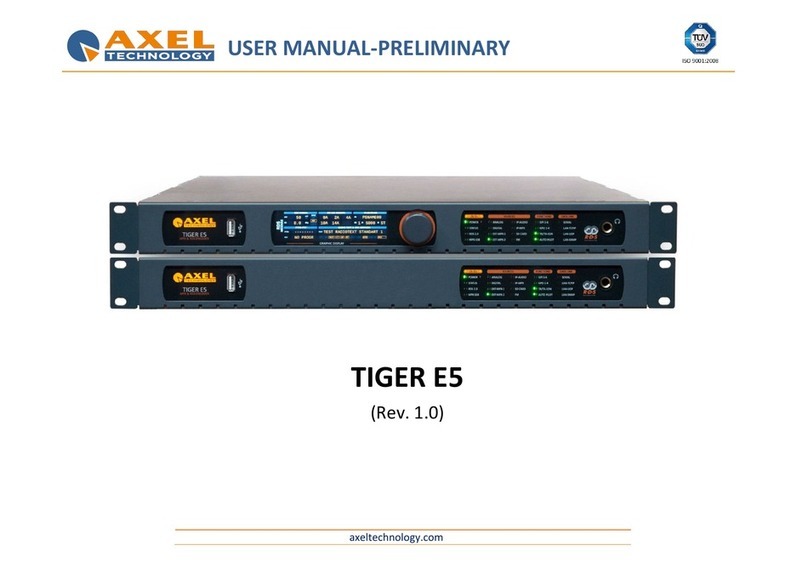
7.
-
7-1
AC
OUTPUT
Generally, the power ratingof an electrical appliance indicates the amountof work that canbe done by it.
The electricpowerrequiredforoperating an electricalappliance is not alwaysequaltotheoutput
wattage of the appliance. The electrical appliances generally have a label showing their rated voltage,
frequency, and power consumption(input wattage). The power consumption of an electrical applianceis
the power necessary forusing
it.
When using a generator for operatingan electrical appliance,thepower
factor and starting wattagemust be taken into consideration.
In
order to determine the right size generator, it
is
necessary to add thetotal wattage of all appliances to
be connected to the unit.
Refer tothe followings to calculate thepower consumptionof each applianceor equipmentby its type.
Incandescent lamp, heater, etc. witha power factorof
1
.O
Total power consumptionmust be equal toor less than the rated output
of
the generator.
Example:
A
rated 1OOOW generator can turnten lOOW incandescent lamps
on.
Fluorescent lamps, Motor driven tools,lightelectrical appliances, etc. witha smaller power
factor
Select a generator with arated output equivalent to 1.2to
2
times of the power consumption of the
load. Generally the starting wattage
of
motor driven tools and light electrical appliances are 1.2to
3
times lager than theirrunning wattage.
Example:
A
rated 250W electric drill requires a400W generator to
start
it.
NOTE
7:
If a power factor correction capacitor
is
not applied to the fluorescent lamp, the more
power shall be required todrive the lamp.
NOTE
2:
Nominal wattage of the fluorescent lamp generally indicates the output wattage of the
lamp.
Therefore,if the fluorescentlamp has no special indication as to the power consumption,
efficiency should be taken into account as explainedin item
(5)
on thefollowing page.
Mercury lampswith a smaller power factor
Loads for mercury lamps require 2 to
3
times the indicated wattage during start-up.
Example:
A
400W mercury lamp requires
800W
to 1200Wpower source to beturned
on.
A
rated 1OOOW generator canpower one 400W mercury lamp
Initiallyloaded motor driven appliances such as water pumps,compressors,etc.
These appliances require large starting wattage which
is
3
to
5
times of running wattage.
Example:
A
rated
9OOW
compressor requires a4500W generator to drive it.
NOTE
1:
Motor-driven appliances require the aforementioned generator output onlyat the starting.
Once their motors are started, the appliances consume about
1.2
to
2
times their rated
power consumption
so
that the excess power generated
by
the generator can be used
for other electrical appliances.
NOTE
2:
Motor-drivenappliancesmentionedinitems
(3)
and
(4)
varyintheirrequiredmotor
starting powerdepending on the kind ofmotorandstart-upload. If it is difficultto
determine the optimum generator capacity,selecta generator with a larger capacity.
-
16-



















